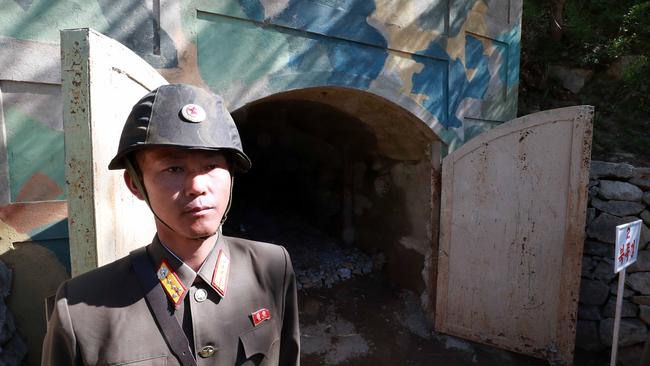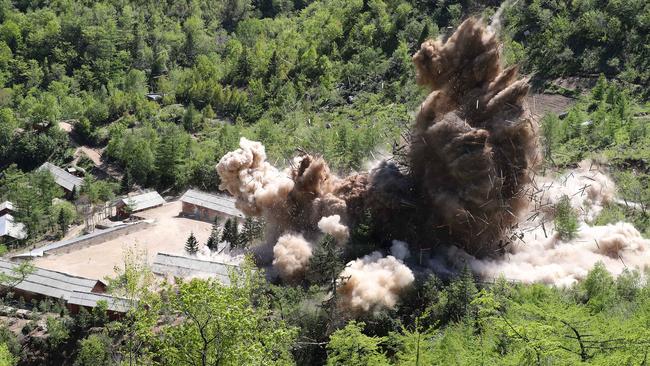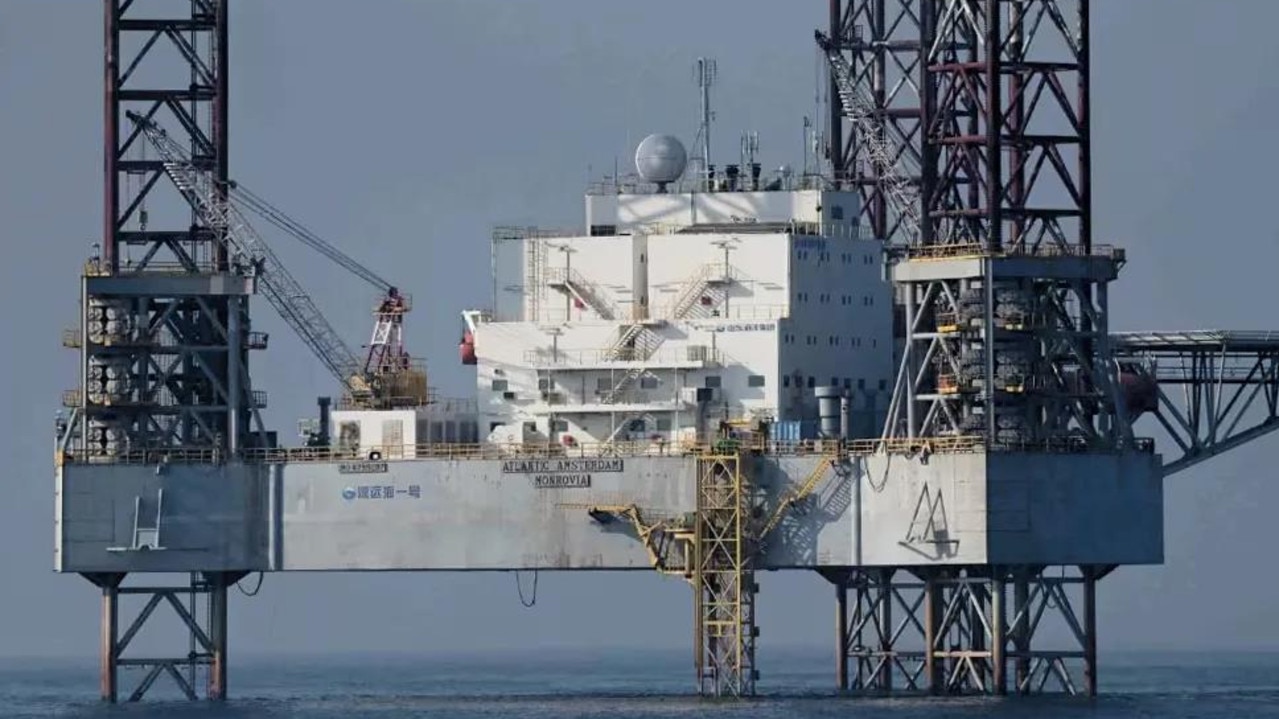North Korean nuclear test site hit by earthquakes
Detonations may have permanently altered North Korea’s geology and raised the risk of radiation leaks, with a disturbing discovery among defectors.

North Korea’s underground nuclear test area has been struck by a series of small earthquakes, adding to fears that detonations have permanently altered the area’s geology and raised the risk of radiation leaks.
According to South Korean seismologists, at least four earthquakes have occurred over the past five days close to the Punggye-ri test site in the northern part of North Korea. The scientists said they were natural tremors rather than those caused by explosions.
The latest one on Tuesday had a magnitude of 2.5, following a pair of 2.3 magnitude tremors on Monday and one of 3.1 on Friday, according to the Korea Meteorological Administration (KMA). None are large enough to cause significant physical damage. However, the fact that they are occurring at all, in an area not prone to quakes, raises troubling questions.
Between 2006 and 2017 North Korea conducted six nuclear tests at Punggye-ri, each one more powerful than the last. For several years there have been warnings about radiation leaks from the 2,205m-high Mount Mantap, beneath which the test tunnels have been dug, and rumours that children have been born with defects and vegetation in the area has been dying.
The South Korean government has detected high levels of radioactivity on the bodies of defectors who escaped to the South after having lived near Punggye-ri. Most of the defectors who were tested are said to have suffered from headaches, blurred vision, diminished white blood cell counts and painful joints.

Chinese geologists and the head of South Korea’s country’s meteorological agency warned in 2015 that underground nuclear tests could cause the collapse of Mantap, leading to the leak of radioactivity into the atmosphere.
“Tired mountain syndrome” is a condition that some believe has afflicted former Soviet and US underground test sites, such as Rainier Mesa in Nevada. It supposes that the force of repeated nuclear explosions weakens the rock inside a mountain, particularly along naturally occurring fissures.
North Korea’s last nuclear test, in September 2017, was its biggest so far, with a yield estimated to be as high as 160 kilotons, compared to 18 kilotons for the atomic bomb dropped on Nagasaki. The explosion caused a 6.3 magnitude earthquake and was followed eight minutes later by another tremor of 4.6 magnitude, apparently caused by rock collapses within the mountain. Two more similar tremors occurred in the following month.

North Korea has not conducted any more nuclear tests after Kim Jong-un began to engage diplomatically with South Korea and the US in 2018. Foreign camera crews were brought in to witness the demolition in May of that year of entrances to the Punggye-ri test tunnels.
After the breakdown of diplomatic talks the North has recently suggested that it could soon resume nuclear testing and commence an unprecedented series of short- and medium-range missile tests.
Foreign media were invited to witness the demolition the entrances to the Punggye-ri test tunnels in 2018



To join the conversation, please log in. Don't have an account? Register
Join the conversation, you are commenting as Logout